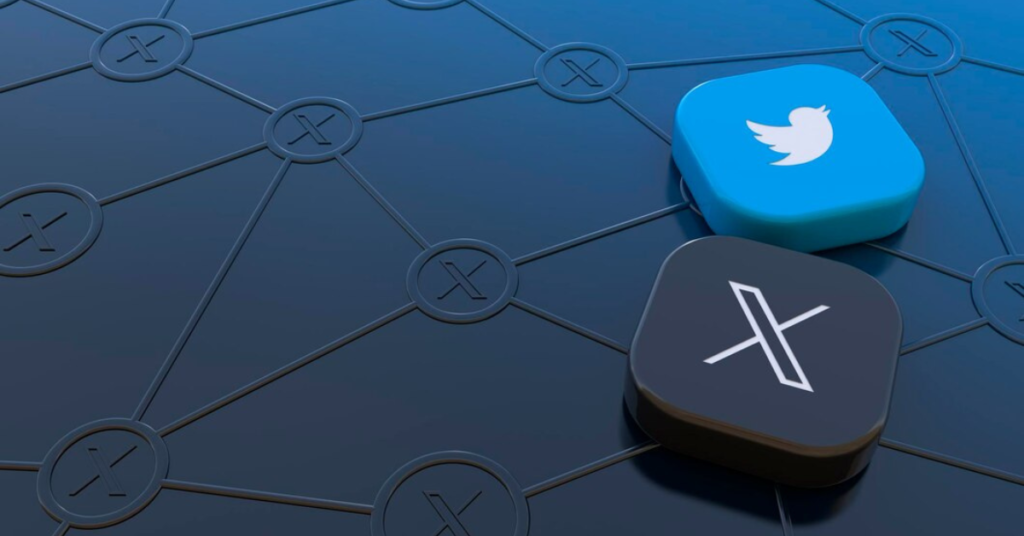In an age where concerns over privacy and data security have become increasingly prevalent, users are seeking alternatives to mainstream social media platforms that prioritize their personal information. Twitter, one of the most popular microblogging platforms, has faced criticism for its data collection practices and lack of robust privacy features. In response to these concerns, platforms like Nitter have emerged as viable alternatives, offering users a privacy-conscious way to engage with social media content. This article delves into the world of Nitter, exploring its features, advantages, and potential impact on the social media landscape.
What is Nitter?
Nitter is a free and open-source alternative front-end to Twitter. Developed by Zedeus, it provides users with a way to access Twitter content without directly interacting with Twitter’s servers. Instead of connecting directly to Twitter’s website or mobile app, users access Nitter instances, which act as intermediaries between the user and Twitter. This setup allows users to browse tweets, profiles, and timelines while minimizing their exposure to tracking and data collection by Twitter.
How Does Nitter Work?
Nitter operates by scraping Twitter’s public content and presenting it to users through a simplified, privacy-focused interface. When a user requests content through a Nitter instance, the instance retrieves the requested data from Twitter’s servers and serves it to the user without executing any tracking scripts or loading extraneous elements commonly found on Twitter’s website.
Key Features of Nitter
Privacy Protection: Nitter prioritizes user privacy by preventing Twitter from tracking users’ browsing habits and collecting personal information. Since Nitter instances act as intermediaries, users can access Twitter content without directly exposing their data to Twitter’s servers.
Ad-Free Experience: Unlike Twitter, which displays advertisements and promoted content, Nitter provides an ad-free browsing experience. By removing ads, Nitter allows users to focus on the content they are interested in without distractions.
Customization Options: Nitter offers users the ability to customize their browsing experience through various settings and preferences. Users can adjust font sizes, themes, and other elements to suit their preferences, enhancing the overall user experience.
Minimalist Interface: Nitter’s interface is designed to be clean and minimalist, focusing on delivering content without unnecessary clutter. This streamlined approach enhances usability and makes it easier for users to navigate through tweets and profiles.
Open-Source Development: As an open-source project, Nitter encourages community contributions and transparency in its development process. This open approach fosters innovation and allows users to audit the code for security vulnerabilities.
Advantages of Using Nitter
Enhanced Privacy: By avoiding direct interaction with Twitter’s servers, Nitter protects users’ privacy and reduces the risk of data tracking and profiling.
Improved Performance: Nitter’s lightweight interface and ad-free browsing experience result in faster load times and smoother navigation compared to Twitter’s bloated website and mobile app.
Reduced Distractions: With no advertisements or promoted content, Nitter provides a distraction-free environment for users to engage with tweets and conversations.
Customization Flexibility: Users have the freedom to customize their Nitter experience according to their preferences, allowing for a more personalized browsing experience.
Community-Driven Development: As an open-source project, Nitter benefits from community contributions and feedback, ensuring continuous improvement and innovation.
Potential Impact of Nitter
The rise of platforms like Nitter reflects a growing awareness and concern over privacy issues in social media. As users become more conscious of their online privacy, they are increasingly seeking alternatives that prioritize data security and transparency. While Nitter currently caters to a niche audience of privacy-conscious users, its impact could extend beyond this demographic if mainstream awareness of privacy issues continues to grow.
One potential challenge facing Nitter is its reliance on scraping Twitter’s public content, which could raise legal and technical issues. Twitter’s terms of service prohibit the scraping of its content for commercial purposes, although the legality of accessing Twitter through Nitte’r for personal use is less clear-cut. Additionally, Twitter could potentially take measures to block access to Nitte’r instances, although this would likely prompt backlash from users and raise further questions about Twitter’s commitment to user privacy.
Despite these challenges, Nitte’r represents a significant step forward in the quest for a more privacy-conscious social media landscape. Its emphasis on transparency, customization, and user control sets it apart from traditional social media platforms and aligns with the growing demand for ethical alternatives. Whether Nitte’r will achieve mainstream adoption remains to be seen, but its existence serves as a testament to the power of community-driven initiatives in shaping the future of social media.
Conclusion
Nitte’r offers a compelling alternative to traditional social media platforms like Twitter, prioritizing user privacy, transparency, and customization. By providing a privacy-conscious way to access Twitter content, Nitte’r empowers users to take control of their online experience and reduce their exposure to tracking and data collection. While challenges remain in terms of legality and mainstream adoption, Nitter’s emergence reflects a broader shift towards privacy-focused alternatives in the social media landscape. As awareness of privacy issues continues to grow, platforms like Nitte’r are poised to play an increasingly important role in shaping the future of online communication.







